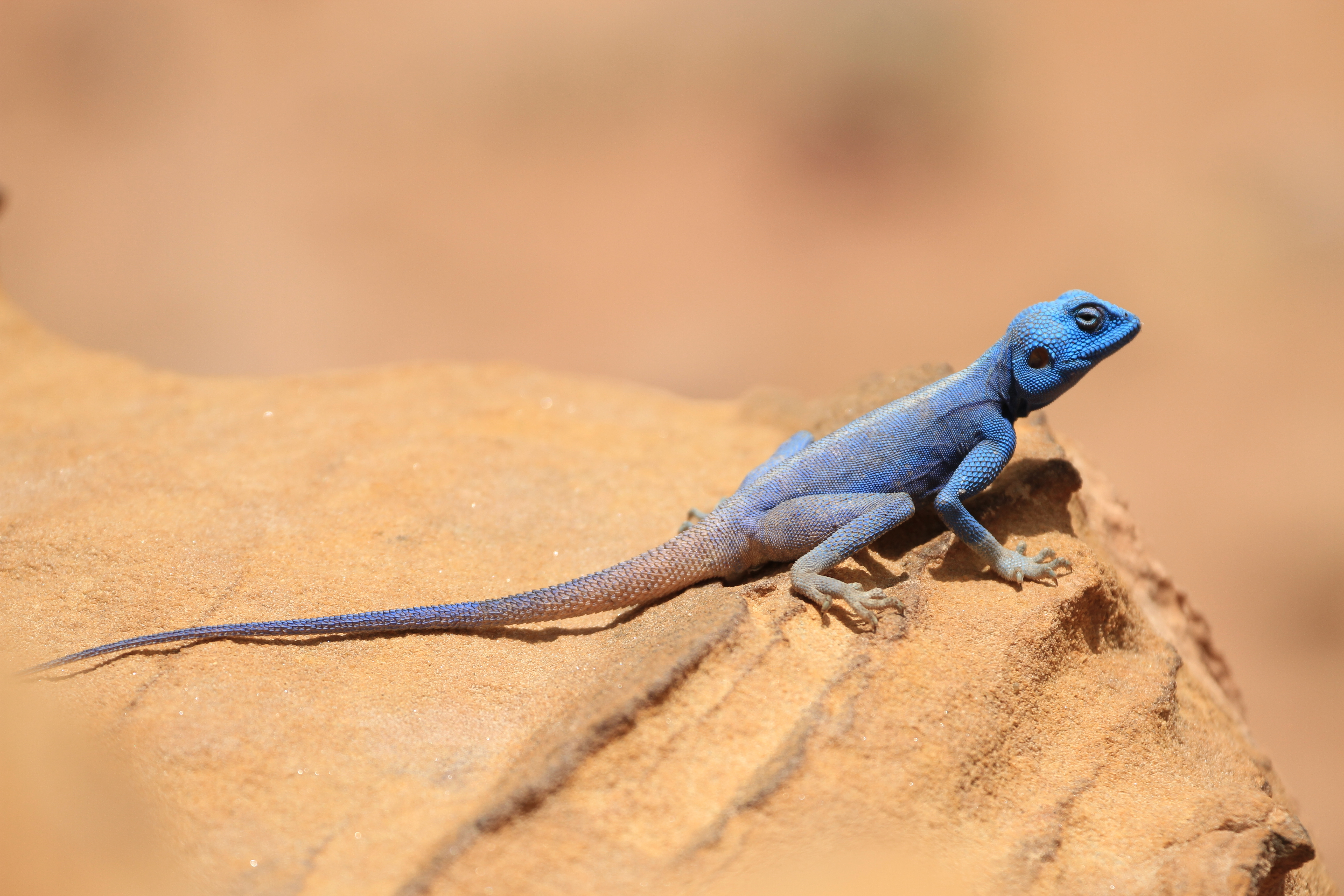
Though the word ‘desert’ evokes an image of a barren arid landscape, the reality is that these sandy lands are a delicate ecosystem that is home to some of the world’s most bewitching wildlife from snakes, lizards, and insects to camels and foxes.
The Sharqiyah Sands desert covers an area of 12,500 square kilometres. This area has been of particular scientific interest ever since an expedition by the Royal Geographical Society in 1986 documented the diversity of the flora and fauna, sighting 16,000 invertebrates as well as 200 species of other wildlife, including birds.
Every year at the beginning of the season, hundreds of locals and tourists camp in the Sharqiyah Sands. Usually they take with them all the materials needed for two days and, unfortunately, many leave behind heaps of non-biodegradable waste, like plastic containers and cans, which are harmful to living organisms in the desert.
“It is imperative on our part to treat the desert with respect,” says Mohamed Issa Al Zadjali, the founder of the Guide Oman, who regularly conducts desert crossings in Sharqiyah. According to him, the desert is the future for Oman’s tourism sector. “Much research needs to be done about the sand and the environmental uniqueness of the Sharqiyah Sands. This terrain is unique to Oman. Some even believe that the pure sand has medicinal and healing properties for pains,” he said.
The calamitous fact is that the planet’s most important sources of biodiversity are also among the most sought after tourist destinations, and if they are not properly protected, they can suffer irreversible damage.
“When local residents enter deserts for camping, they used to litter and leave garbage including toxic plastic materials in the desert. This has become an increasingly serious threat to the environment as people are now preferring the desert as a cheaper alternative to city entertainment,” said Robby George, manager-Tours & MICE, Eihab Travels, who is a huge fan of the desert safaris. He estimates there has been an increase of about 40 per cent in the number of desert drivers in the past year, substantially raising the amount of rubbish. “Ten to 15 years ago it was a very small amount of garbage, you didn’t notice it, but in the last year it has increased a lot,” he said.
The trash and garbage left behind at campsites can be deadly for desert animals. When metallic things like cans or camping gears are left behind, they become rusty and affect the natural lifecycle. And litter in the desert is not only endangering the environment, but also is endangering the prospect for the country’s tourism sector.
“Campers and holiday makers to the desert must take with them garbage bags and collect any materials that are harmful to the desert. It is important that we keep our deserts clean. Not just for the insects or lizards but also for future generations,” he said.
Nowadays, tourists who come to organised desert safaris and safari crew are educated about the ecology and wildlife of the desert.
“The environment is a very important factor for Guide Oman. Of course we have a very beautiful and pristine environment here. We want to keep seeing it pristine. And one of the issues we have is the management of garbage. Bringing large groups to desert is an area of concern for us because we do come here frequently and we want to continue to see it in the pristine way we saw it last time. So we like to think the guests can help by taking photographs and leave only foot prints, or I guess it’s okay to leave a few tyre tracks too,” said Rebecca Mayston, manager, Guide Oman.
The Guide Oman crew leads by example, collecting rubbish they find along the way and educating the guests on the importance of keeping the desert clean.
“It is important to make sure that the sand dunes are cleared of the litter and all of the garbage is picked up and kept in the vehicles till we exit the desert to a suitable disposal place. Every vehicle in the convoy is given garbage bags and there are plenty more garbage bags available if they need more than the initial given quota. We also have machinery with the catering crew to help accommodate the removal of all the garbage out of the desert and we have a specific garbage truck. One philosophy is that if you can bring it into desert you should also be able to take it in your car out of the desert. It helps us to keep the environment as it is today for the future generation.”
Animals living in the deserts of oman
Mammals
Cape hares
Sand cats
Red foxes
Caracals
Arabian wolves
Camels
Invertebrates
Insects and arthropods
Scorpions
Spiders
Ants
Bees
Wasps
Moths
Beetles
Reptiles
Snakes (mostly vipers, sand boa)
Lizards
Geckos
Sand monitor
Birds
Hundreds of bird species inhabit or migrate through the desert region each year. Vultures, buzzards, and falcons are some of the most prevalent, though they are not endemic to the area.
Book An Eco-friendly Desert Crossing
Contact The Guide Oman
+968 9803 8820 (Rebecca) | +968 9228 5813 (Abdul Rahman)
[email protected]
theguideoman.com